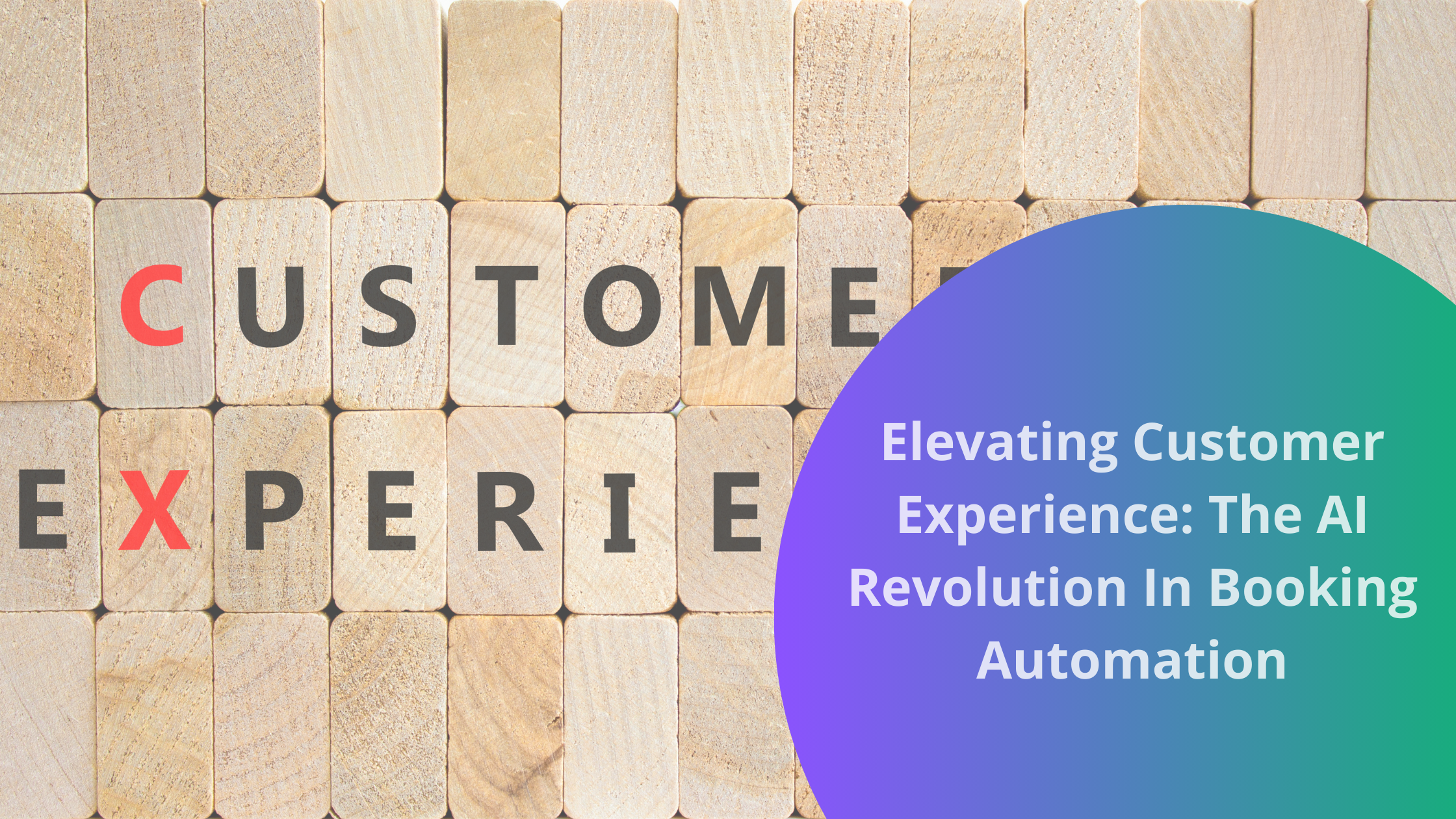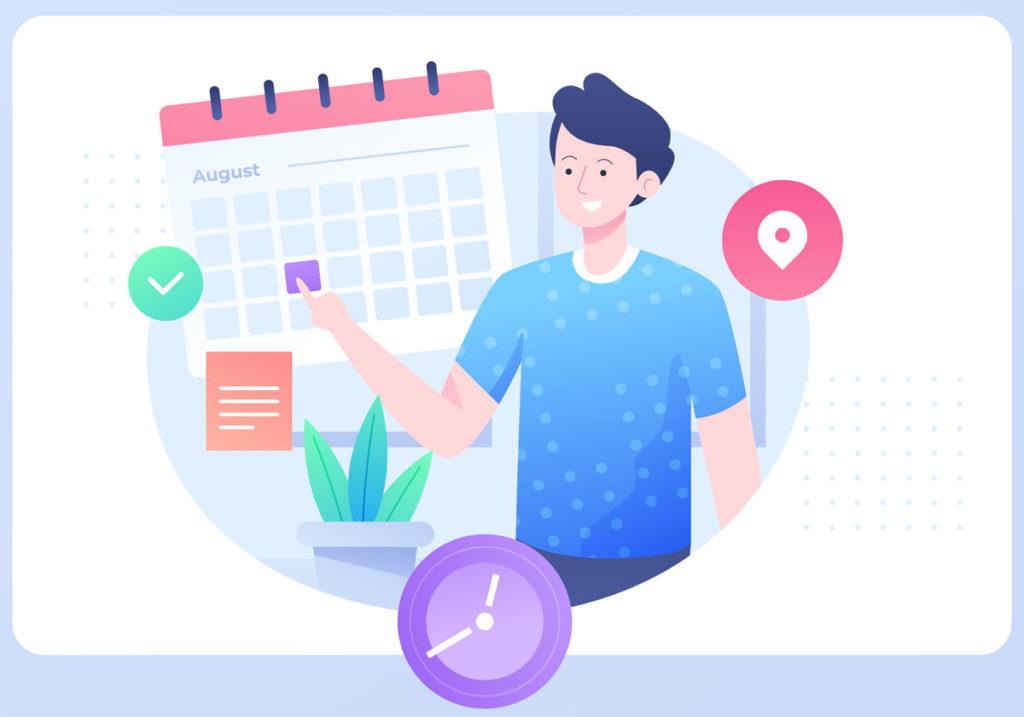Welcome to the dynamic world of B2B lead generation, where every lead is a potential game-changer for your business. In this fast-paced landscape, it’s not just about acquiring leads; it’s about connecting with the right audience at the right moment.
Modern B2B lead generation goes beyond traditional methods, diving into the realms of digital marketing, content creation, and strategic relationship building. As we embark on this journey, let’s uncover the ultimate guide to navigating the ever-evolving landscape of B2B lead generation.
In the B2B realm, understanding your target audience is akin to being a detective. You need to know your audience inside out to tailor your strategies effectively. LinkedIn, a powerhouse of professional connections, is a goldmine for B2B marketers. Your buyer personas can vary across industries and roles, and LinkedIn is where these personas often reveal themselves.
Whether you’re targeting C-suite executives, middle management, or entry-level professionals, LinkedIn offers a platform to tailor your content and engagement strategies accordingly.
For instance, share in-depth industry insights in long-form posts to capture the attention of decision-makers or engage in relevant group discussions to connect with niche audiences. Remember, different buyer personas are associated with different social media platforms, and LinkedIn is a treasure trove for forging connections in the B2B space.
Leveraging Content Marketing
Content marketing is the heartbeat of modern B2B lead generation. Blogging, a cornerstone of content marketing, establishes your expertise and provides value to your audience. Your blog should be a go-to resource for industry insights, trends, and problem-solving content.
Whitepapers and ebooks take it up a notch, offering in-depth analysis and actionable takeaways. Infographics and visual content, on the other hand, break down complex information into digestible bits, catering to different learning preferences.
Make sure to distribute your content strategically across social media platforms and utilize email-finding tools to ensure successful email campaigns.
Creating compelling content requires a blend of quality writing and design to make it visually appealing. Incorporate storytelling elements to make your content relatable and memorable. When distributing content, schedule posts at optimal times based on your target audience’s online behaviour.
You should also be utilizing email newsletters to share your latest blog posts and keep your audience engaged. Remember, in the world of B2B, your content is not just information; it’s a conversation starter that can lead to meaningful connections and conversions.
Social Media Strategies For B2B Lead Generation
Choosing the right social media platforms is crucial. LinkedIn, Twitter, and even emerging platforms like Clubhouse can be powerful tools for B2B lead generation. Build a strong social media presence by sharing a mix of curated and original content.
Paid advertising on platforms like LinkedIn allows you to target specific job titles, industries, and company sizes, ensuring your message reaches the decision-makers who matter most.
In the B2B space, social media is not just about followers and likes; it’s about building relationships. Engage with your audience by responding to comments, participating in discussions, and showcasing the human side of your brand.
Social media provides a platform for real-time interactions, allowing you to address queries, share updates, and position your brand as an industry leader. Remember, in the digital age, your social media presence is often the first impression you make on potential leads, so make it count.
Search Engine Optimization (SEO)
SEO is your ticket to being discovered by businesses actively seeking your products or services.
Effective keyword research and optimization enhance your website’s visibility on search engines, attracting organic traffic. On-page and off-page SEO strategies, including quality backlinks and a user-friendly website structure, contribute to a robust online presence.
SEO is not a one-time task; it’s an ongoing commitment to staying relevant and visible in the digital landscape. Regularly update your website with fresh, high-quality content that aligns with your target keywords.
Monitor your website’s performance using analytics tools, and make data-driven adjustments to your SEO strategy. Remember, in the world of B2B, being easily discoverable online can be the difference between a lead finding your business or turning to a competitor.
Email Marketing For B2B Leads
Building and managing email lists is the backbone of successful email marketing. Use lead magnets, such as exclusive whitepapers or webinars, to entice visitors into joining your email list.
Craft personalized and targeted email campaigns, utilizing drip sequences to nurture leads over time. A/B testing allows you to refine your email strategy continuously, optimizing for open rates, click-through rates, and conversions.
Email marketing is not just about sending promotional messages; it’s about building relationships. Segment your email list based on factors such as buyer persona, industry, or engagement level to deliver more personalized content. Implement marketing automation to streamline your email campaigns, ensuring that the right message reaches the right audience at the right time.
When it comes to B2B, your email inbox is a sacred space, and providing value is key to maintaining a positive relationship with your audience.
Utilizing Technology & Automation
Marketing automation tools and CRM systems streamline your lead generation process. Automation allows you to nurture leads with personalized content, track engagement, and identify the most promising opportunities. Additionally, you can use a contact database to find contact details of your prospects. Artificial intelligence adds another layer of sophistication, providing insights into customer behavior and predicting trends.
In the world of B2B, time is of the essence, and automation can be your ally. Use marketing automation to schedule and deploy campaigns, track user interactions, and trigger personalized responses based on lead behavior. CRM systems help you keep track of customer interactions, preferences, and purchase history, providing a comprehensive view of your relationships.
Artificial intelligence, with its predictive analytics capabilities, enables you to anticipate customer needs and stay ahead of market trends. Remember, technology is not a replacement for human touch; it’s a tool that enhances your ability to connect and engage with your audience.
Networking & Relationship Building
Beyond the digital realm, networking at industry events and conferences remains a powerful strategy. Connect with professionals in your field, exchange ideas, and forge meaningful relationships.
Online networking platforms offer additional avenues for relationship building. We already mentioned Linkedin, but there are others like Slack groups and mentorship programs like ADP List.
Engage in discussions, share valuable insights, and connect with key influencers to expand your network.
Building and nurturing relationships require a genuine and authentic approach. Be proactive in seeking opportunities to connect, whether it’s through attending virtual events or participating in online forums.
When networking online, focus on providing value to your connections by sharing relevant insights, resources, and industry updates. Remember, in the B2B world, relationships are the foundation of trust, and trust is the currency that drives long-term success.
Measuring & Analyzing Lead Generation Success
Key Performance Indicators (KPIs) are your compass in the sea of data. Track metrics such as conversion rates, lead acquisition costs, and customer lifetime value to gauge the effectiveness of your lead generation efforts. Analytics and reporting tools provide actionable insights, guiding your strategy adjustments for continuous improvement.
In the world of B2B lead generation, data is your best friend. Regularly analyze your KPIs to understand what’s working and where adjustments are needed. Use A/B testing to experiment with different strategies and determine the most effective approach for your audience.
The goal, at the end of the day, is not just to generate leads but to generate high-quality leads that convert into loyal customers. Stay agile, iterate based on data, and always be willing to adapt to the ever-changing landscape.
Case Studies & Success Stories
Real-world examples breathe life into strategies. Explore case studies showcasing successful B2B lead generation campaigns. Learn from others’ triumphs and challenges, extracting valuable lessons applicable to your unique business landscape.
Case studies provide a tangible illustration of the principles discussed. Analyze the strategies implemented, the challenges faced, and the outcomes achieved. Case studies not only offer insights into successful campaigns but also provide a reality check, highlighting the importance of adaptability and creativity in the face of challenges.
Remember, in the B2B world, every business is unique, and case studies serve as a source of inspiration rather than a one-size-fits-all solution.
Challenges & Solutions In B2B Lead Generation
Challenges are part of the journey. Common issues, such as targeting the wrong audience or facing stiff competition, can be overcome with strategic adjustments. Embrace challenges as learning opportunities, refining your approach based on feedback and results.
In the world of B2B, challenges are not roadblocks but stepping stones to success. Recognize that every challenge is an opportunity to learn, adapt, and innovate.
If you’re facing issues with targeting the right audience, revisit your buyer personas and adjust your strategies accordingly. If competition is fierce, explore unique value propositions and differentiation strategies.
The B2B landscape is dynamic, and the ability to navigate challenges is a testament to your resilience and creativity.
Conclusion
You’ve now learned a bit more about successfully navigating the twists and turns of modern B2B lead generation. The landscape is ever-evolving, so stay agile, adapt your strategies, and always keep your audience at the forefront.
Implement the lessons learned, and remember, successful lead generation is not a one-time event; it’s an ongoing process of refinement and innovation.



